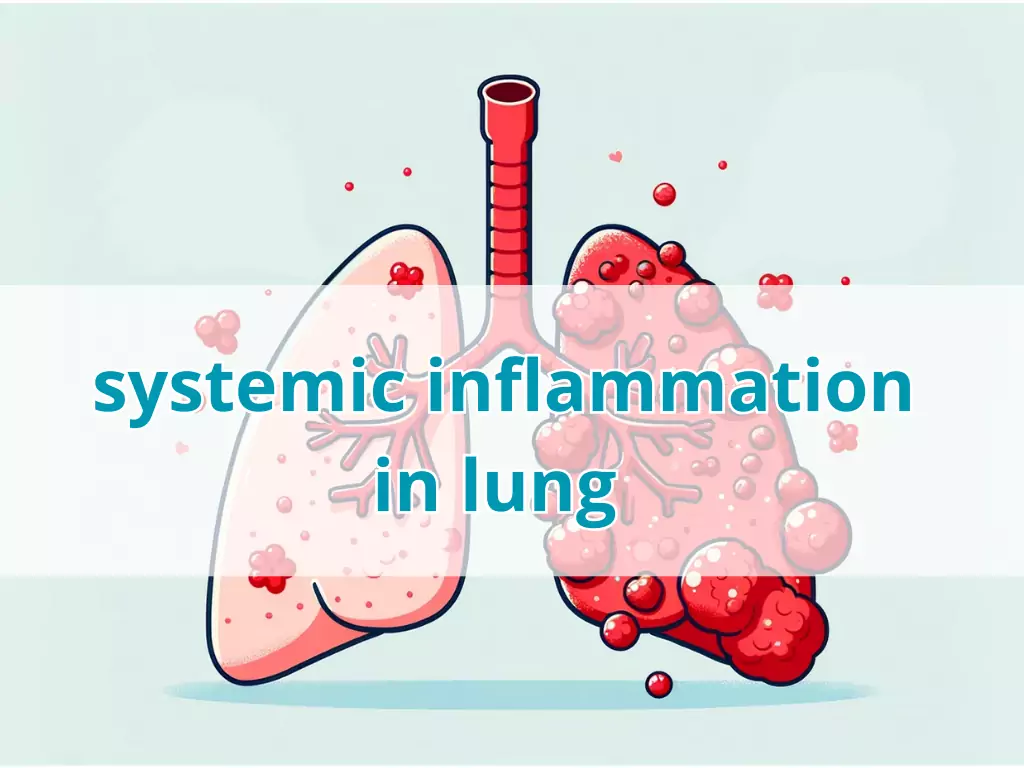Systemic Inflammation Differences in Brain-vs. Circulatory-Dead Donors: Impact on Lung Transplant Recipients

Introduction: Systemic Inflammation Differences in Brain-vs. Circulatory-Dead Donors: Impact on Lung Transplant Recipients
The extent of this systemic inflammation in lung donors after brain death (DBD) compared to circulatory death (DCD) is unclear, yet it may significantly impact the incidence of primary graft dysfunction (PGD) following lung transplantation.
Brain death triggers a systemic inflammatory response.
Understanding these differences is crucial for improving outcomes in lung transplant recipients.
Study Overview and Methodology
We compared the plasma levels of interleukin (IL)-6, IL-8, IL-10 and TNF-α in BDB and DCD and their respective recipients, as well as their relationship with PGD and mortality after LT.
A prospective, observational, multicenter, comparative, cohort-nested study that included 40 DBD and 40 DCD lung donors matched and their respective recipients.
Relevant clinical information and blood samples were collected before/during lung retrieval in donors and before/during/after (24, 48 and 72 h) LT in recipients.
Incidence of PGD and short-term mortality after LT was recorded.
Key Findings on Cytokine Levels
Plasma levels of all determined cytokines were numerically higher in DBD than in DCD donors and reached statistical significance for IL-6, IL-10 and IL-8.
Conclusion: DBD is associated with higher systemic inflammation than DCD donors and TNF-α plasma levels
In recipients with PGD the donor’s plasma levels of TNF-α were higher.
The post-operative mortality rate was very low and similar in both groups.
DBD is associated with higher systemic inflammation than DCD donors, and higher TNF-α plasma levels in donors are associated with a higher incidence of PGD.
Authors
Alberto Sandiumenge, Irene Bello, Elisabeth Coll-Torres, Aroa Gomez-Brey, Clara Franco-Jarava, Eduardo Miñambres, Marina Pérez-Redondo, Fernando Mosteiro, Laura Sánchez-Moreno, Silvana Crowley, Eva Fieira, Borja Suberviola, Cristopher Alan Mazo, Alvar Agustí, Teresa Pont
Read more details at
Noticias relacionadas

Symptoms, risk of future exacerbations, and response to long-term macrolide treatment in bronchiectasis: an observational study
Observational study shows bronchiectasis symptoms independently predict exacerbations and identify patients who benefit from macrolide therapy, even with few prior episodes.

Treatable Traits. Why, What, How?
Discover how the Treatable Traits approach transforms the management of asthma, bronchiectasis, and COPD through personalized precision medicine strategies.

Diagnostic Metabolomic Profiling of COPD as Potential Biomarkers in Older and Younger Patients
Study identifies 10-metabolite panel distinguishing COPD from healthy subjects with ~90% accuracy, highlighting lipid metabolism dysregulation and offering new diagnostic insights.
Artículos
Estudios
- 759397·Alberto Sandiumenge et Al.-Systemic Inflammation Differences in Brain-vs. Circulatory-Dead Donors: Impact on Lung Transplant Recipients
- 759578·Alberto Papi et Al.-Relationships between symptoms and lung function in asthma and/or chronic obstructive pulmonary disease in a real-life setting: the NOVEL observational longiTudinal studY
- 759689·Kilian Vellvé et Alt.- Pulmonary vascular reactivity in growth restricted fetuses using computational modelling and machine learning analysis of fetal Doppler waveforms.
- 769273· Singh D, Criner GJ, Agustí A et al. Benralizumab Prevents Recurrent Exacerbations in Patients with Chronic Obstructive Pulmonary Disease: A Post Hoc Analysis
- 769685·Nuria Olvera et Al.- Lung Tissue Multi-Layer Network Analysis Uncovers the Molecular Heterogeneity of COPD
Imagen desarrollada desde DALL-E y editada en Canva
